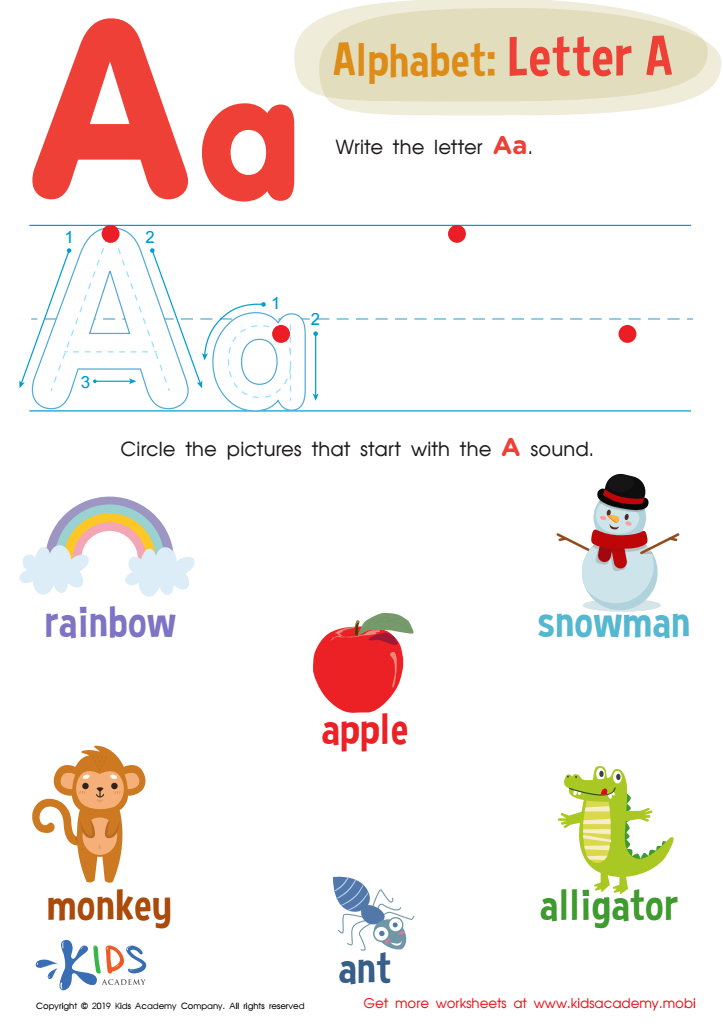Alphabet tracing Normal Letter Recognition Worksheets for Ages 4-9
5 filtered results
-
From - To
Our Alphabet Tracing Normal Letter Recognition Worksheets are designed for children aged 4-9, combining fun and education in an engaging way. These worksheets help young learners identify both uppercase and lowercase letters while enhancing their fine motor skills through tracing activities. Each worksheet features colorful illustrations and interactive prompts that allow children to practice letter formation, boosting their confidence in writing. Ideal for preschool and early elementary classrooms or at-home learning, these worksheets make mastering the alphabet enjoyable. Encourage your child’s learning journey and help them build a strong foundation in literacy with our thoughtfully crafted worksheets!


Letter P Tracing Page


Letter Q Tracing Page


Letter H Tracing Page


Letter A Tracing Worksheet


Letter D Tracing Page
Alphabet tracing and normal letter recognition are critical skills for children aged 4-9, as they form the foundation for effective reading and writing. At this developmental stage, kids are not only learning the alphabet but also beginning to understand phonetics and the connection between letters and sounds. By engaging in alphabet tracing exercises, children develop fine motor skills through the repetitive motion of writing, which enhances their hand-eye coordination and control over writing instruments.
Moreover, letter recognition is essential; it helps children identify letters in various contexts, leading to improved phonemic awareness. This skill is interconnected with building vocabulary, spelling, and overall literacy development, which are crucial for academic success.
For parents and teachers, fostering an environment rich in alphabet recognition can be both fun and educational. Incorporating activities such as games, songs, and themed worksheets makes learning engaging, encouraging children to practice without feeling overwhelmed. Furthermore, early mastery of these skills can instill confidence in young learners as they progress into more complex literacy challenges, ultimately supporting their long-term educational journey. Prioritizing alphabet tracing and letter recognition is essential in nurturing competent and enthusiastic readers and writers in young children.
 Assign to My Students
Assign to My Students
















